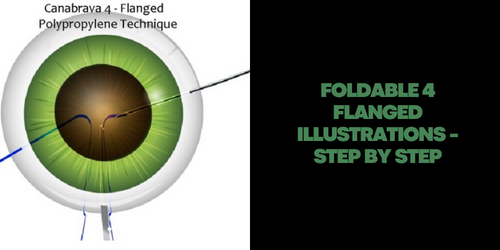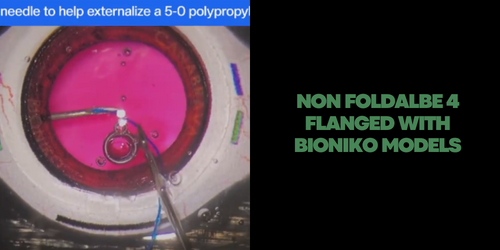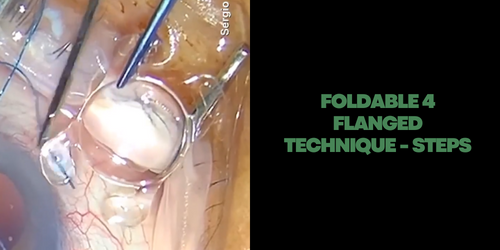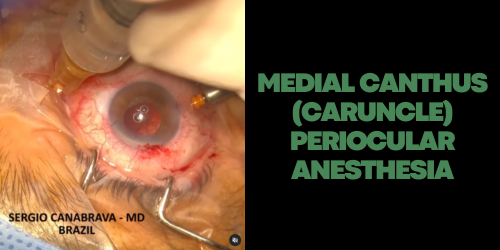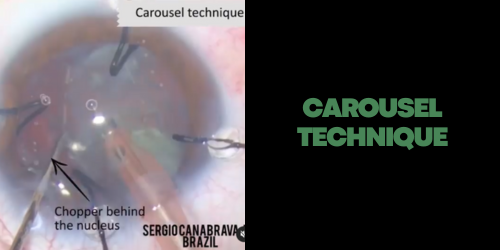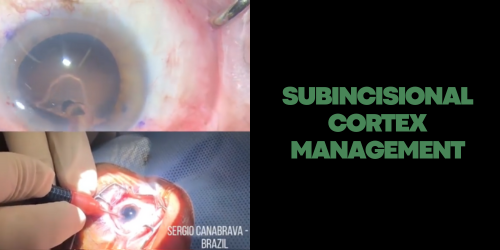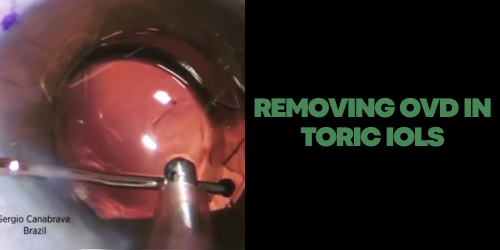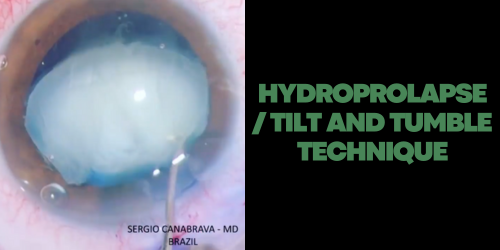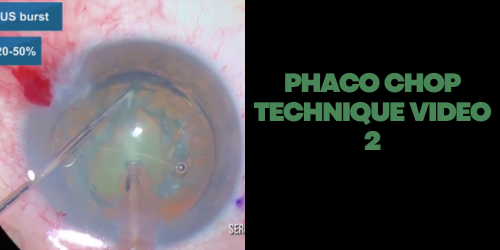CANABRAVA 4-Flanged Polypropylene Technique – @jcrsjournal STEP BY STEP PAPER:
A microforceps passing through the corneal incision to place a 6-0 polypropylene filament in the bore of the 29-gauge needle (1A). The alignment of the suture through the 4 closed eyelets IOL holes and positioning of the sclerotomies (1B). The monofilament of the fourth point fixation is outside of the corneal incision (1C). The needle is used to externalize the monofilament from the fourth scleral fixation point (1D). First make the lower 1st and 2nd flanges and then the IOL is adjusted by pulling the monofilament (1E). The final position of the IOL and the flanges (1F). All 4 flanges need to be inside the sclera to avoid endophthalmitis!
Attention: read all paper about my double flangeds polypropylene techniques on Pubmed to avoid complications!!


